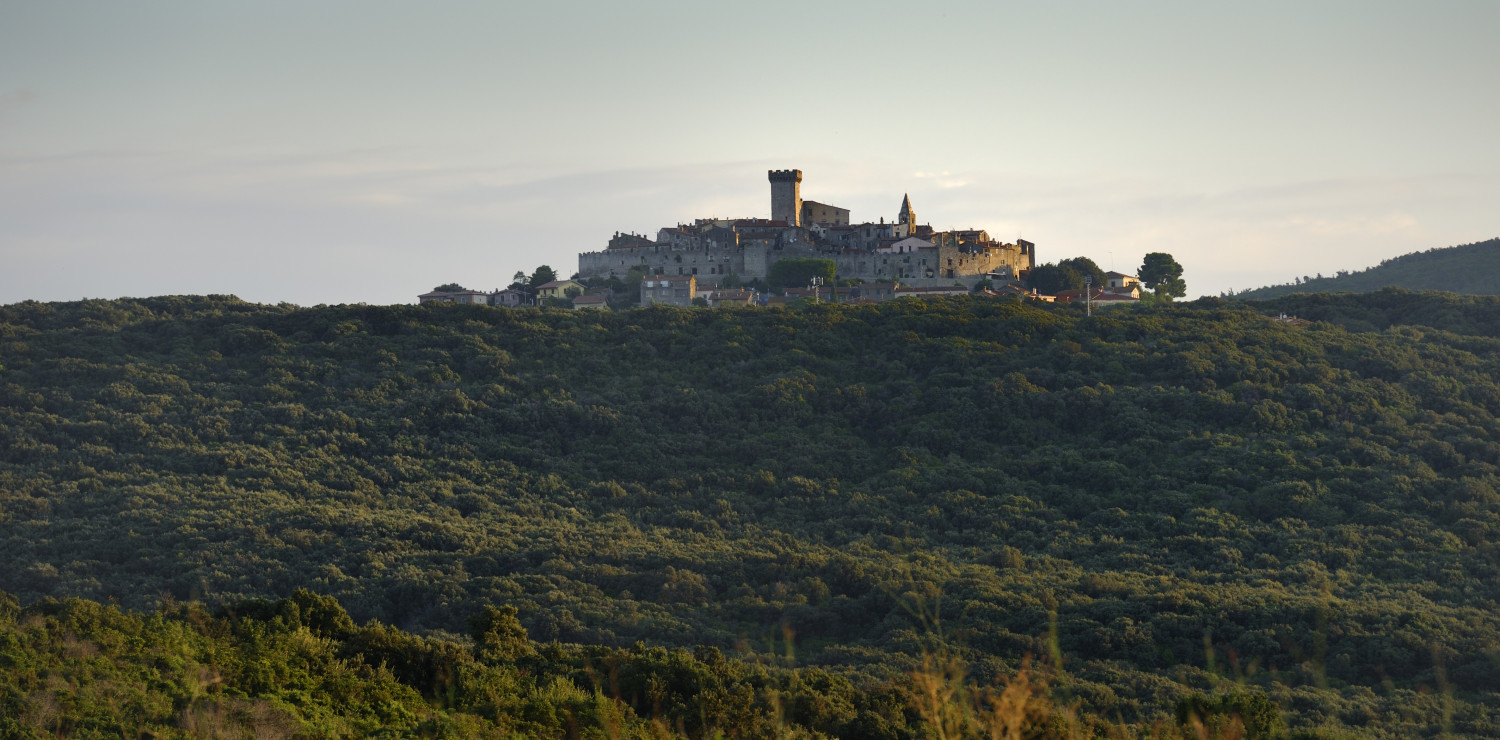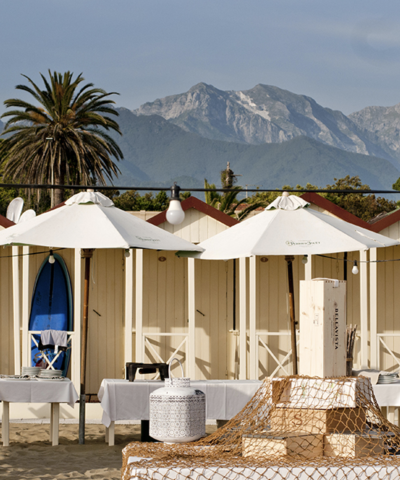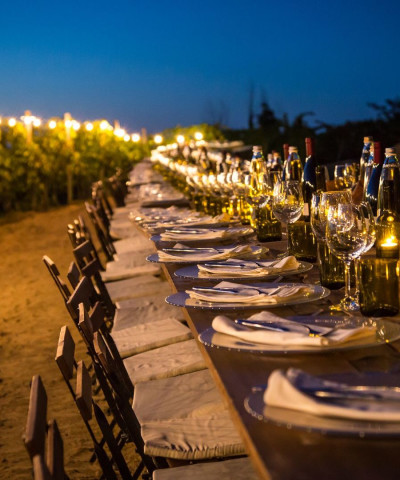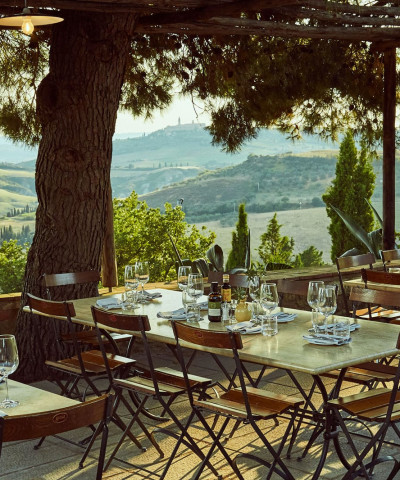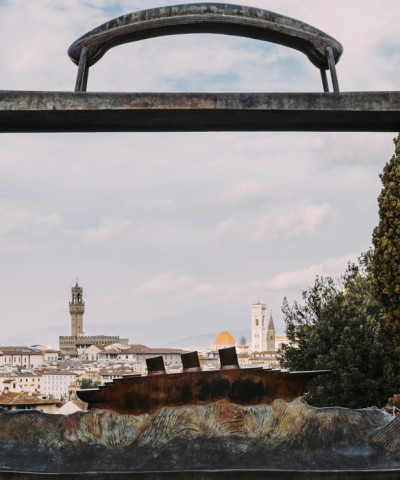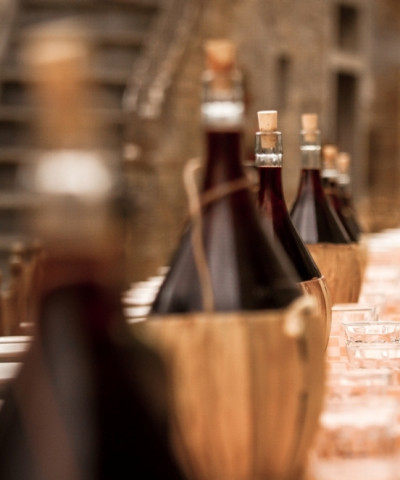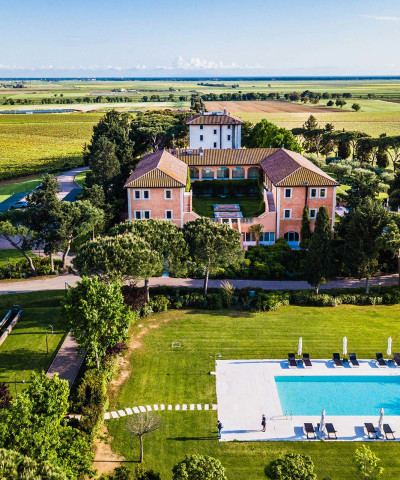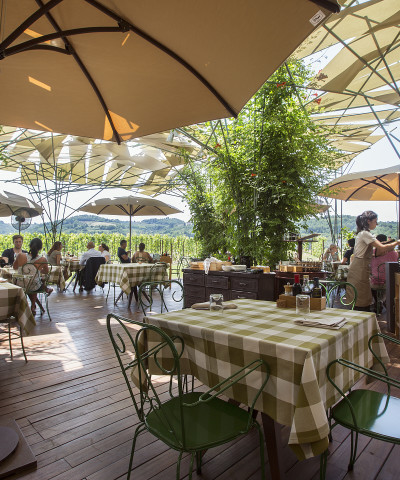I borghi della Maremma da non perdere
Arroccati sul mare o nelle colline dell'entroterra, sono un itinerario alternativo a una giornata di mare. Ecco i top da visitare
The Maremma offers breathtaking scenery from every angle. It is one of the greenest and most rural areas in Tuscany. It offers beautiful, cool hills in summer and has the most beautiful sea and sandy beaches in the region. Everywhere along the coast it is protected by vast pine forests, and the hills are covered with olive groves, orchards and vineyards.
When the land flattens out, among the most spectacular things to see are the herds of Maremma cows, white and with long twisted horns, governed by the famous butteri, similar to American cowboys.
Between the plains and hills of the Maremma, the villages and towns of art stand out, rich in history and ancient charm, places where life still moves at the slow pace it once did. Visiting them is a fun experience and an alternative to seaside life during the summer. Here are the most beautiful ones selected for you.
A few tips before you set off:
As you drive along the green-lined roads to reach the villages, always keep an eye on the sides of the road, which are dotted with "barcchini" where local farmers sell fruit and vegetables. The best fruit and vegetables you can imagine...
For a guide to the best trattorias in the villages of the Maremma click here
If you prefer to eat by the sea... here is our advice
Here you have a vademecum on the great wines of the Maremma
CASTIGLIONE DELLA PESCAIA
Castiglione della Pescaia overlooks the sea and culminates in the castle of medieval origins at its highest point. You enter the old town through the Porta Urbica, rebuilt in 1608. Going up Via del Recinto, you walk along the walls and reach the panoramic road from which you can dominate the town and enjoy a breathtaking view that sweeps from the wild Monti dell'Uccellina to the Diaccia Botrona marsh and the plains as far as Grosseto.
The Church of San Giovanni is worth a visit, with its characteristic bell tower resting on a circular tower built from an older space used for military purposes. The church houses the relics of the town's patron saint, St. William of Aquitaine. At the top stands the Rocca, or Castle, which is privately owned.
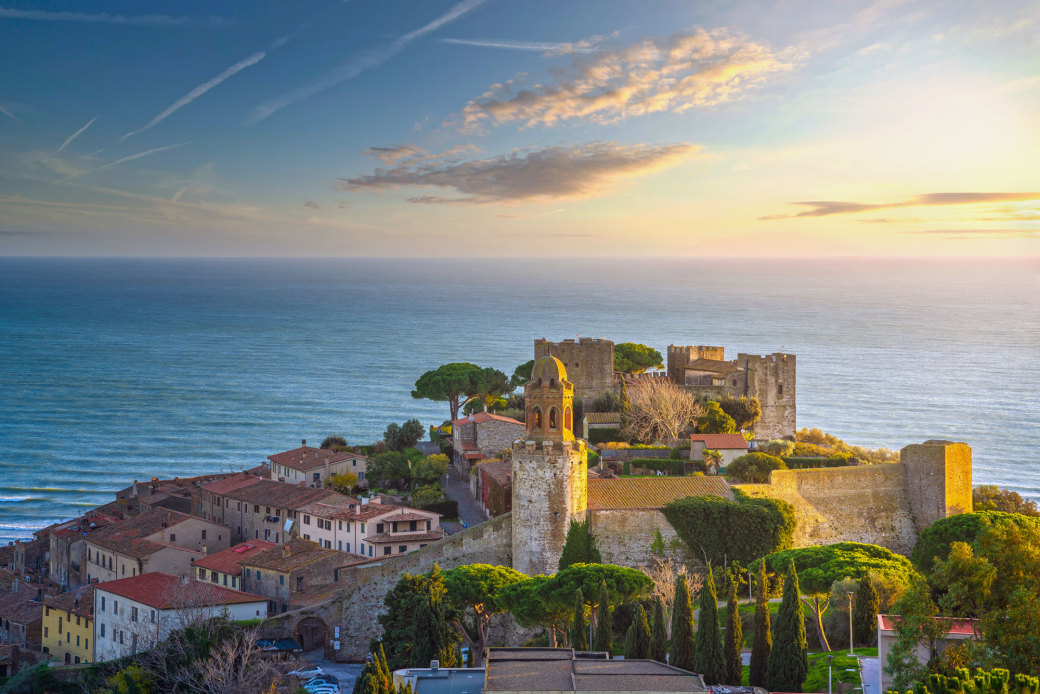 castiglione della pescaia
castiglione della pescaiaTIRLI
Often, it happens to know places that remain impressed in your memory, for many reasons. Tirli, a small hamlet of Castiglione della Pescaia, is one of those places that stick in your memory. Perched on a mountain, the view from here is breathtaking even for the most experienced tourist. At the top, at the gates, you are greeted by a sign indicating the town, which alone is enough to cover the distance from the sea to the hills, in the midst of woods and chestnut trees. The Tyrleans are great hunters, as is well known; they all have a chestnut grove and a part of the forest, which they cut down if necessary for the needs of the house. In winter, the smell of burning wood wafts through the village, mingling with the scent of wild boar, the absolute master of the scrub, cooked in many different ways in the various restaurants that make Tirli an excellent food and wine centre: alla cacciatora, with apples, chestnuts with mushrooms, not forgetting the Maremma tortelli, strictly handmade and served with wild boar sauce. The people are fantastic and have the typical Maremma spirit.
Not to be missed: the local pizza, sold in the grocery stores, is special, different from all the others, without mozzarella but with a dough and a tomato sauce to die for.
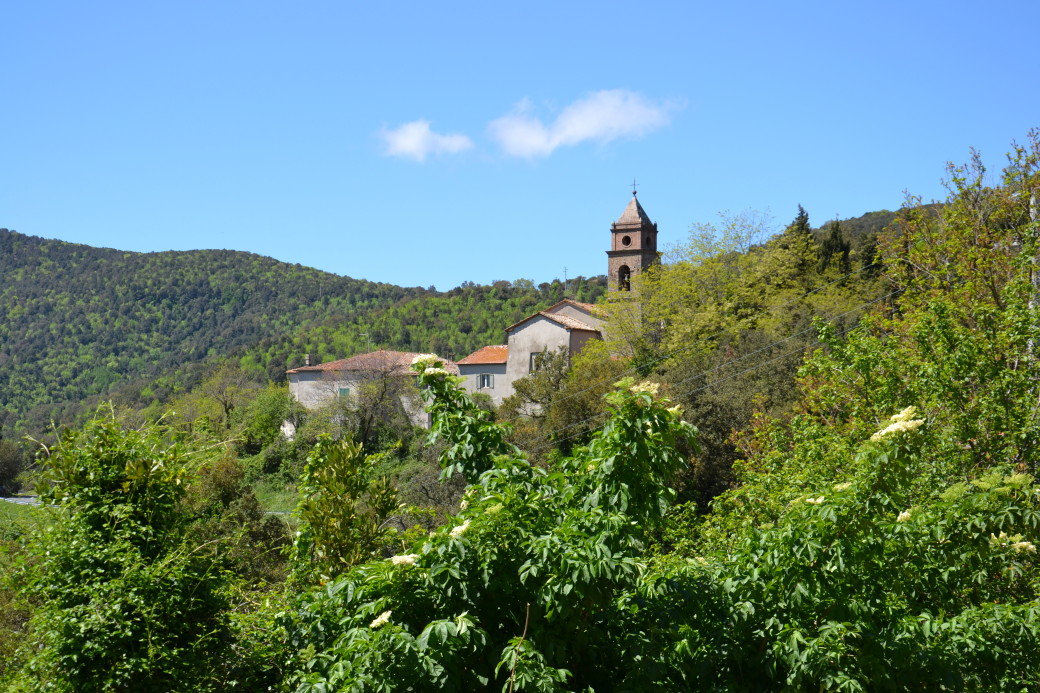 tirli
tirliVETULONIA
This is an ancient Etruscan city that gave Rome the lictor symbols of the fasces and the axe. Among the tombs that can be visited, the Tomba del Divolino and Tomba della Petreta, which can be found on the road to Buriano, are noteworthy. There is an archaeological museum in the village (Piazza Vatluna tel. 0564 927241), with finds of considerable value. The panorama from the village is also splendid.
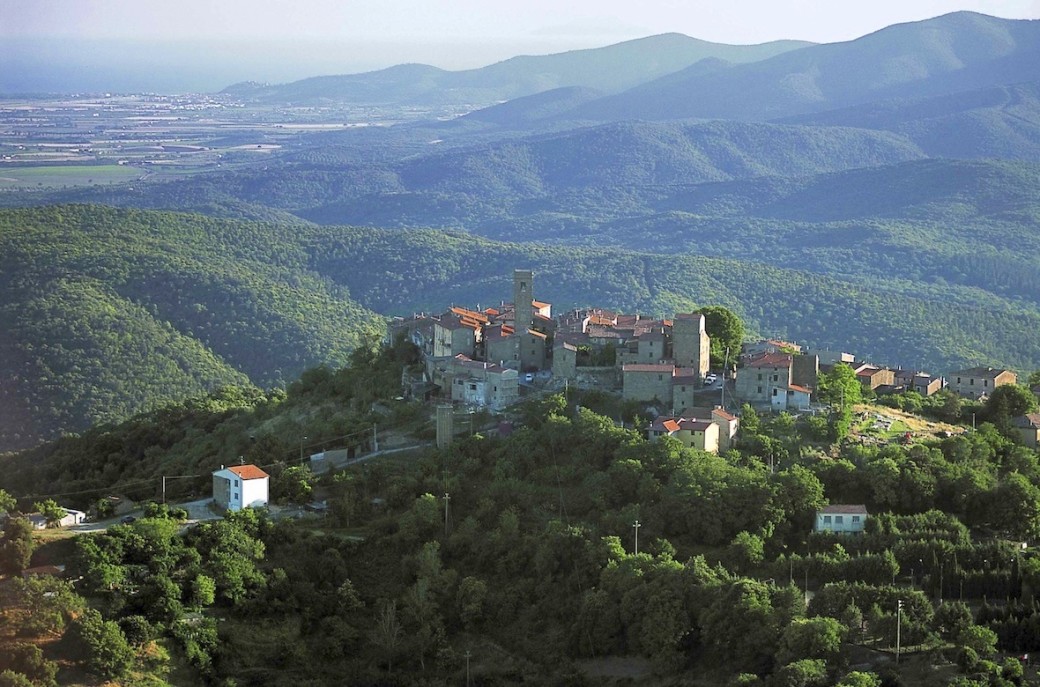 vetulonia
vetulonia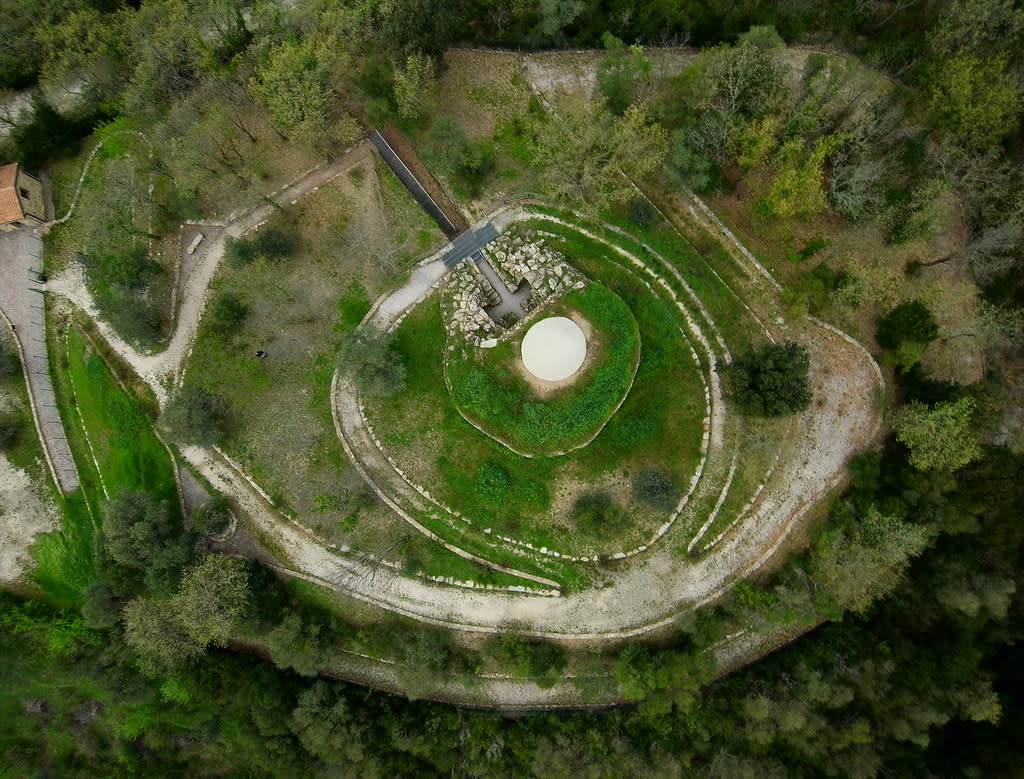 vetulonia tomba della petraia
vetulonia tomba della petraia
PITIGLIANO
Seen from the church of Madonna delle Grazie, dedicated as an ex-voto for the plague of 1527, and with the sun towards sunset, Pitigliano gives an unforgettable scenic impression. Like Orvieto, but more primitive and more intimately fused with nature due to the vegetation clinging to it and the greyish rock of the cuts perpendicular to the road. Pitigliano's surreal charm blinds you as soon as you take the last bend leading to the town... The bridge of the Medici aqueduct perched on a tuffaceous spur allows you to admire all its beauty. It is also known as 'Little Jerusalem' because of the large and very active Jewish community that settled here in the 15th century. Today the Jewish ghetto is available for worship and visitors can visit the Synagogue, the Jewish Cemetery, the oven where unleavened bread was baked, and the cellar dug out of the tufa rock where kosher wine was produced.
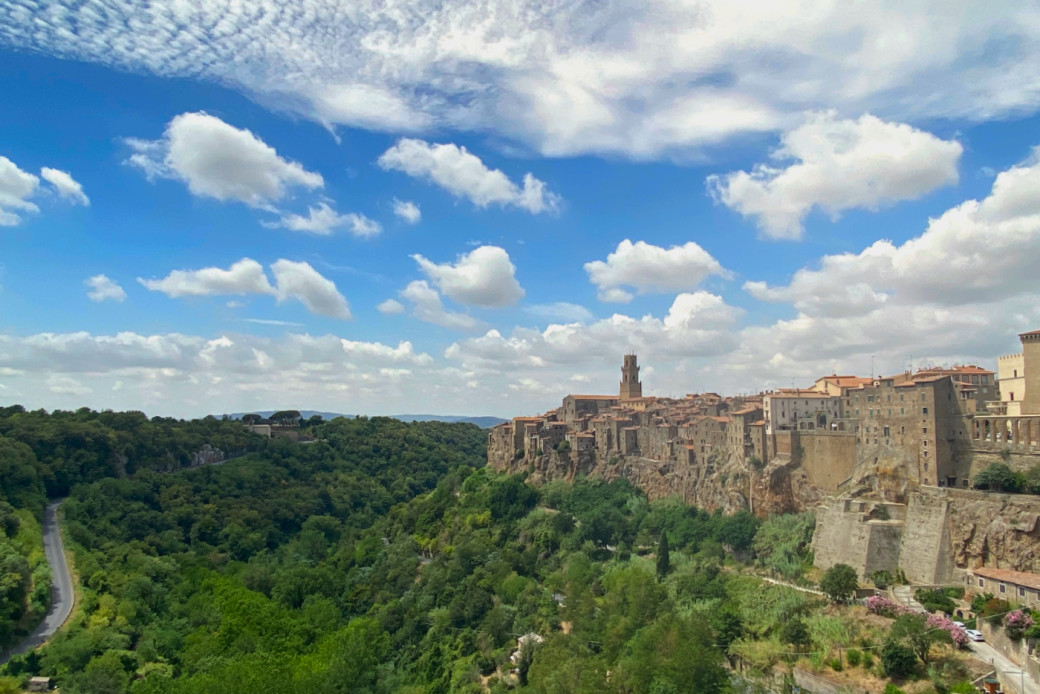 PITIGLIANO
PITIGLIANOA visit to the museum in Palazzo Orsini (Piazza Fortezza Orsini, 25 0564 616074) is also very interesting and takes about an hour. The richness of Pitigliano's past has also been passed down in the flourishing wine production. The vineyards, in fact, fertilised by volcanic tufa and a humus thousands of years old, produce one of the finest Italian white wines that stands out for its quality: Bianco di Pitigliano. Characteristic are the caves and Etruscan tombs dug into the tuff, some of which are used as cellars for storing and maturing wines.
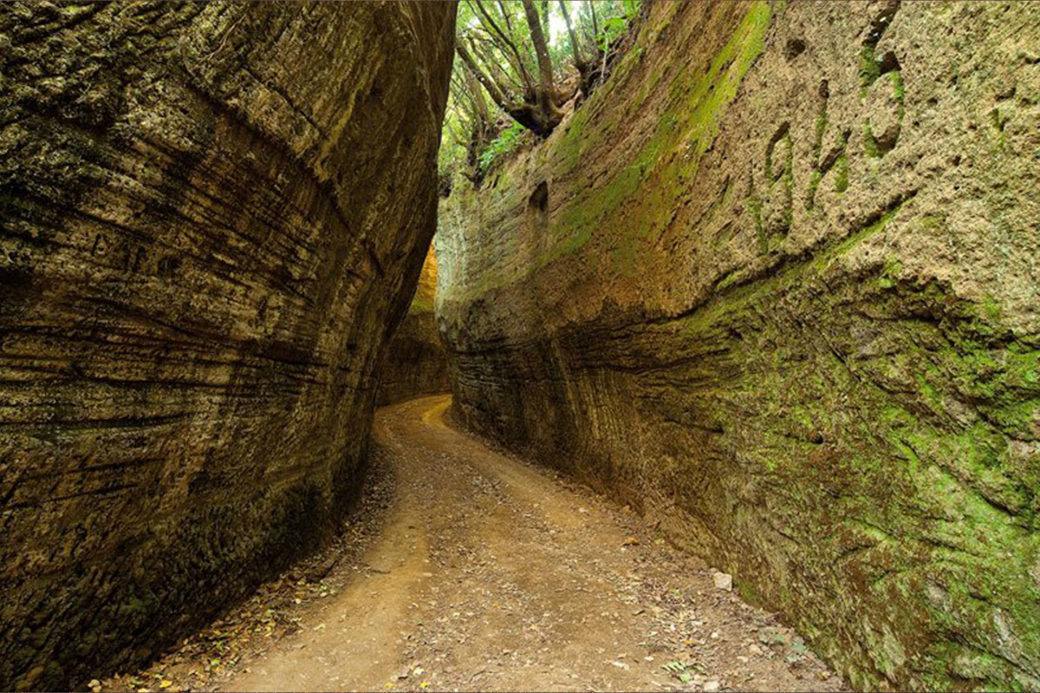 Pitigliano vie cave etrusche
Pitigliano vie cave etruschePitigliano is surrounded by the Etruscan Vie Cave, mysterious paths dug into the living rock, varying in length from 500 metres to over 1 km and with even challenging differences in height. It is incredible to enter these corridors carved into the tuff thousands of years ago, about which so little is known. You need to be equipped as if you were walking along a mountain path, so comfortable shoes suitable for rough terrain and woods, water and... legs on your shoulders, nose in the air when you find yourself in the narrowest passages and with the high walls that seem to close over your head!
CAPALBIO
The last town in southern Tuscany, it is surrounded by imposing 15th-century walls that dominate the coast. It is full of restaurants where you can eat wild boar and game. In addition to the splendid beach of Capalbio, with its characteristic blackish colouring and destination for elite tourism, less than 20 kilometres away are the wild beaches of the Costa d'Argento. On the nearby promontory of Argentario you can find wonderful cliffs.
If you come this far, you must visit the nearby Giardino dei Tarocchi (Str. Garavicchio, 2, Pescia Fiorentina 0564 895122) a true open-air museum, set in the hilly landscape of the Maremma, a park of exceptional charm, unique in the world, one of the most important examples of environmental art in Italy. This artistic park consists of cyclopean sculptures, 12 to 15 metres high, depicting the 22 major arcana of the tarot cards that Niki de Saint Phalle created on the Garavicchio hill in the municipality of Capalbio.
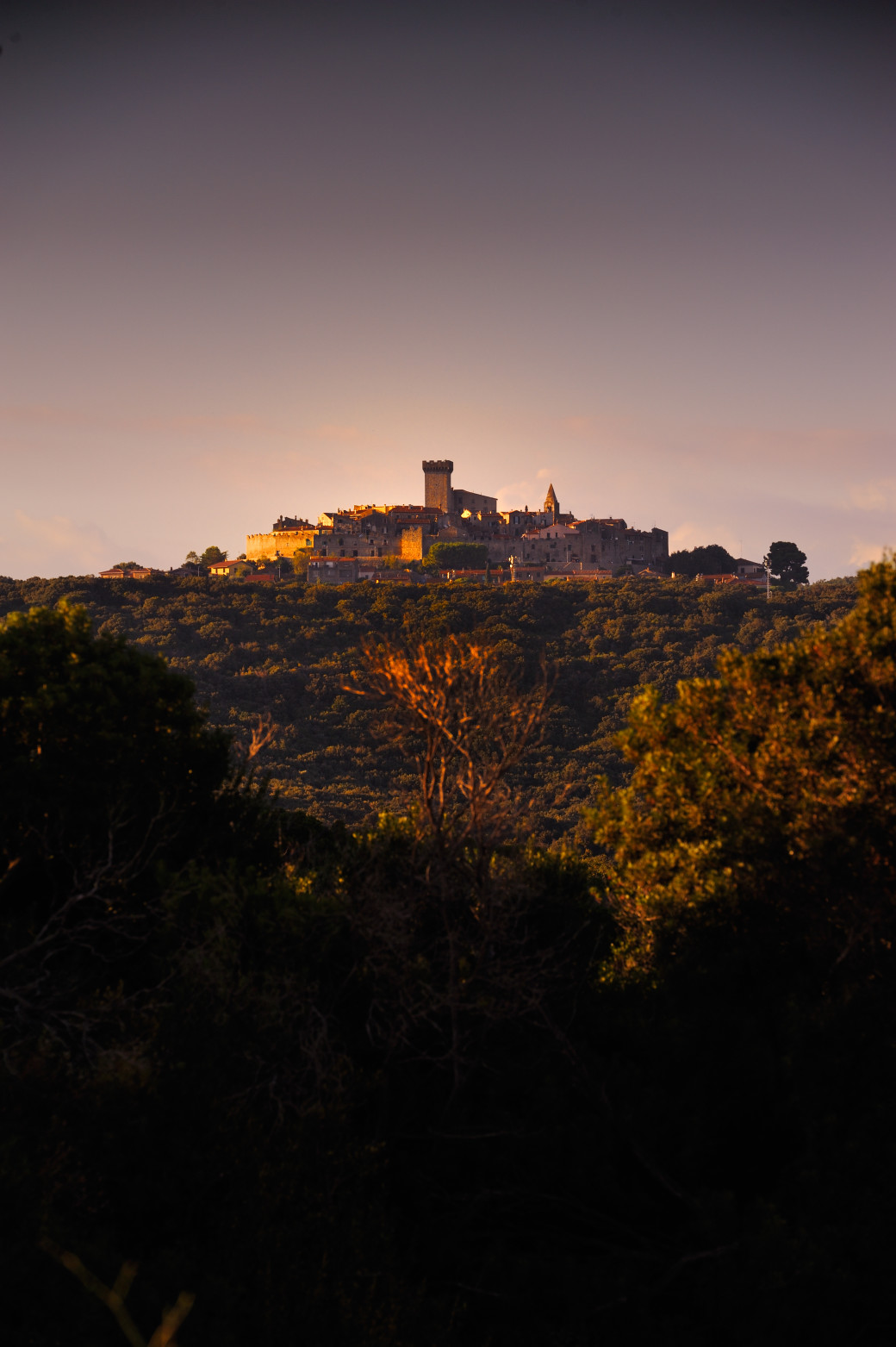 Capalbio ph. Leif Carlsson
Capalbio ph. Leif Carlsson
MASSA MARITTIMA
This is a charming medieval village nestled among the Colline Metallifere (Metal-bearing Hills), about 15 kilometres from the Golfo del Sole, rich in historical, environmental, artistic and architectural beauty inherited from a prosperous past.
Walking through the narrow uphill alleys of the historical centre, it is possible to reach the highest part of the town and enjoy a suggestive view from the valley to the sea and incomparable sunsets. The town still retains its medieval appearance, which is best expressed in the Cathedral of San Cerbone, also known as the Collegiata, one of the most beautiful Romanesque churches in Tuscany. Every year, on the fourth Sunday of May and the 14th of August, the Balestro del Girifalco is held, a spectacular competition between the crossbowmen of the town's districts.
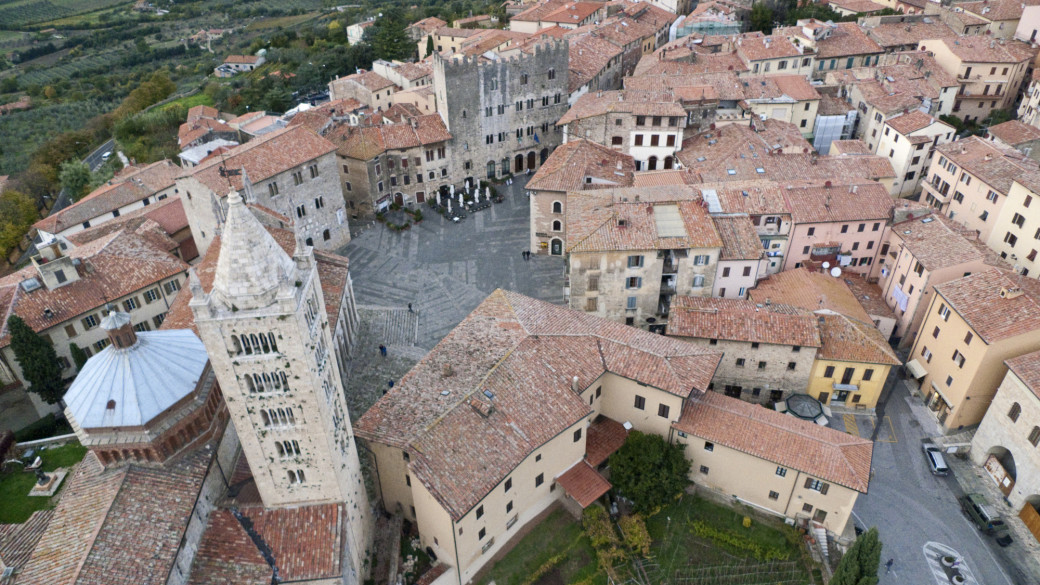 Massa Marittima
Massa MarittimaMONTEMASSI
In the municipality of Roccastrada, this village is famous for its castle that pins its profile on the hill. The castle has belonged to the powerful Aldobrandini family since the 9th century. During the fierce struggles between the Guelphs and Ghibellines, the castle was conquered by the Sienese in the 13th century. Standing up there is like taking a trip back in time: no noise, just the flight of birds.
The visit can be continued by descending into the village at the foot of the castle: a place off the beaten track, with no souvenir shops or bars winking at the visitor.
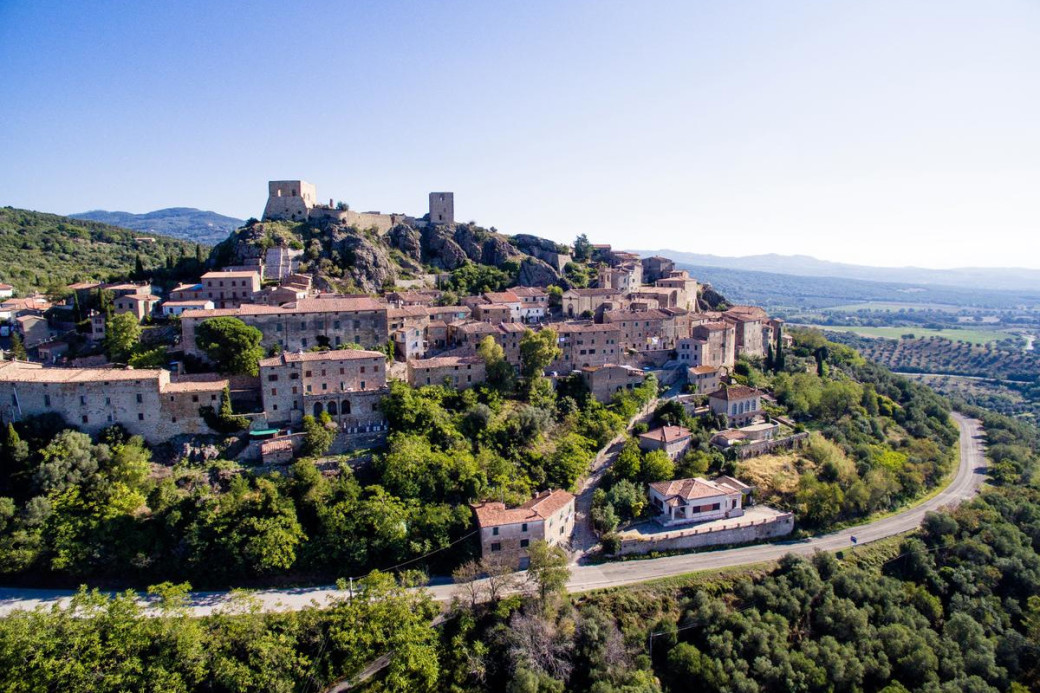 Montemassi
Montemassi





